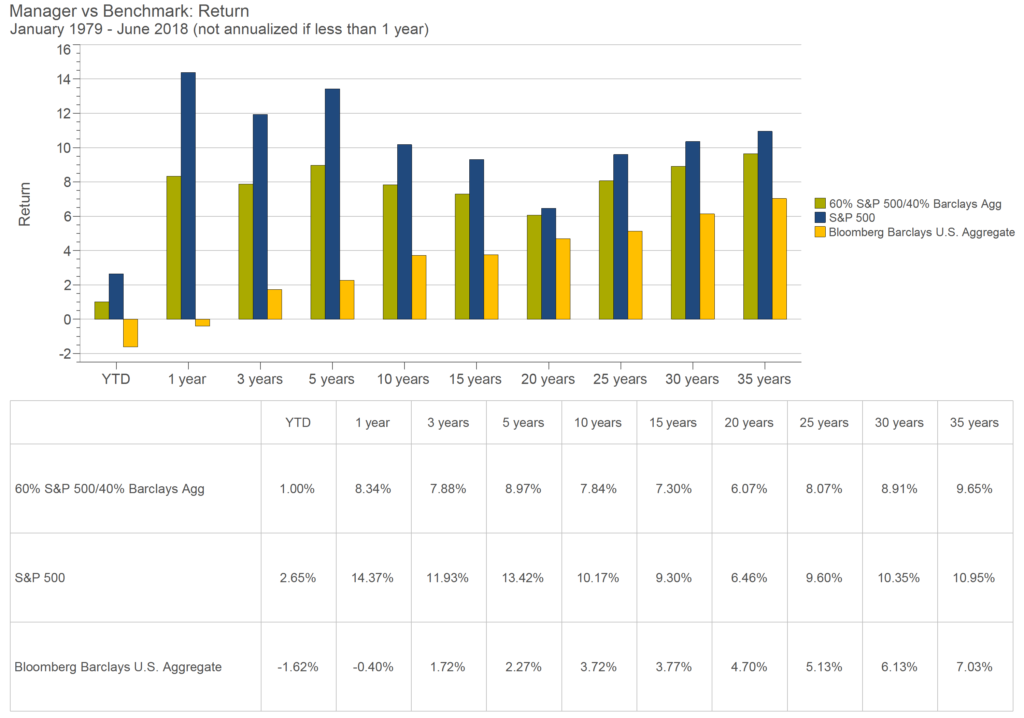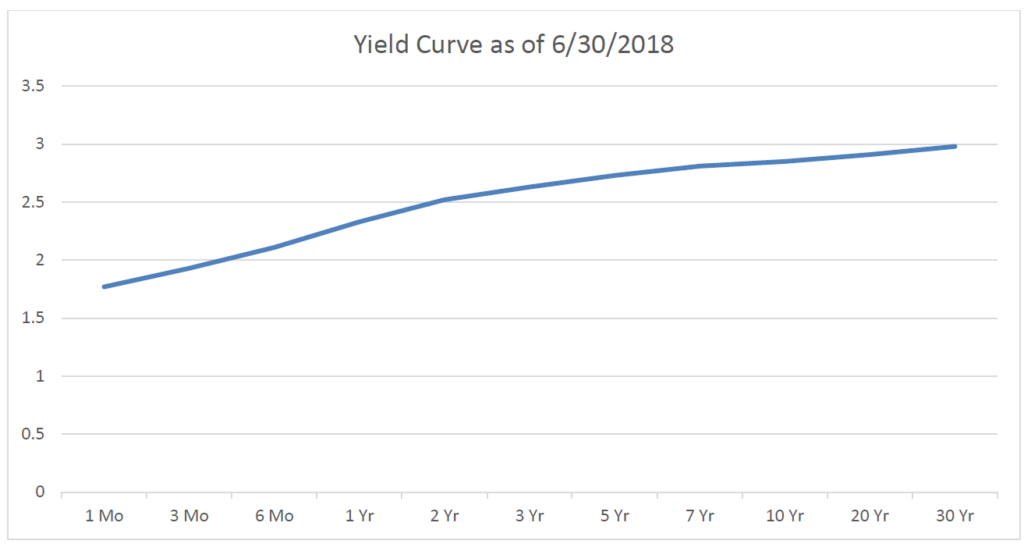By Marc Odo, Swan Global Investments
Challenges to the Traditional Portfolio
For decades the standard representation for a balanced portfolio has been the 60/40: 60% equities with 40% bonds. Although most investors are diversified beyond this model with small caps, foreign stocks, high yield bonds, and maybe even REITs or commodities, a simple mix of 60% S&P 500 and 40% Barclays U.S. Aggregate Bond is often the shorthand definition of a balanced portfolio. This standard allocation provided just the right amount of risk and conservative investments to reach a targeted return.
The Attraction of the 60/40
For a generation, this simple approach worked well. Stocks provided capital appreciation and dividends, albeit with a dose of volatility. Bonds produced yield and provided capital appreciation, acting as a volatility dampener when stocks went south. One could have met actuarial demands of 6%, 7%, or even 8% via this simple portfolio.
The traditional portfolio has consistently provided decent returns for average investor.
![]()

Source: Zephyr StyleADVISOR
Looking at the above numbers, one might be tempted to say, “If it ain’t broke, then don’t fix it.” But such an approach is dangerously naïve.
This simple approach may not meet these expectations going forward and the main culprit is the 40 in the portfolio: bonds.
Yield Curve
With rates at historic lows, the likelihood of bonds posting returns anywhere near their historic levels is close to zero. Since yields and bond prices are inversely related, the upside potential of bonds is essentially capped.

Source: U.S. Treasury Department
With the current yield curve, an investor purchasing 10, 20, or 30-year bonds will be hard-pressed to outperform inflation.
So what does this mean for the traditional 60/40 components?
Impact of Low Yields on Portfolio Return
Low bonds yields will ask more of the equities portion of the portfolio, which may require riskier positions.
Assume we have a standard 60/40 portfolio mix and the target return for the overall portfolio is 8%. If we assume that the 40% position in fixed income will return 2%, what would the remaining 60% in equities have to return to lift the portfolio up to 8%?

